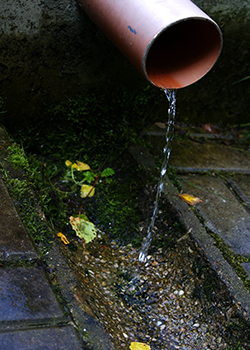
- Home
- Products
- Partners
- Solutions
- Services
Services
- News
News
- About us
About us
- Contact us
Contact us

Services
News
About us
Contact us

In use at Brooks Rand Labs since 2006 and introduced commercially in 2007, MERX is the world’s first commercial automated analytical system based on US EPA Method 1630 for methylmercury analysis. Around the world, numerous national environmental agencies and leading universities have quickly embraced MERX as an easy-to-use, robust, and reliable system that delivers high quality data.
Liquid samples are fully pressurized into a purge vessel via autosampler, the system uses carrier gas to purge derivatized alkyl mercury species (including methylmercury and ethylmercury) into Tenax trap for trapping and desorption, then volatile alkyl mercury species would be desorbed into a GC column to be separated, all the mercury species would be separated and pass through a pyrolysis tube to be converted into Hg(0), which would be detected by the cold vapor atomic fluorescence spectrophotometer (CVAFS). Additionally, the system can be easily upgraded into an Alkyl mercury/Total mercury combined system.
1.EPA 1630 Methyl Mercury in Water by Distillation, Aqueous Ethylation, Purge and Trap, and Cold Vapor Atomic Fluorescence Spectrometry
2. Water Quality-Determination of Alkyl Mercury-Purge and Trap gas chromatography cold vapor atomic fluorescence spectrometry. Chinese national standard (Consultation draft version)
Sample Preparation
Prior to analysis, samples are prepared as per normal methylmercury methodology, typically distillation for water (US EPA 1630), extraction for sediment or digestion for tissue.
Vial Loading
Prepared samples are added to 40 mL vials with Teflon® lined septa caps. Samples are buffered to pH 4.9, ethylated with the addition of NaBEt4, topped off with DI water, capped, shaken and loaded into the autosampler.
Software Setup
Sample information is entered into Mercury Guru™ software, settings are selected and then sample analysis begins. MERX does the rest!
Liquid Handling
As each vial is pierced, the liquid is automatically transferred via gas pressure to a purge vessel where N2 gas volatilizes ethylated Hg species to a Tenax® trap.
Trap Processing
The first trap is dried while another trap collects ethylated Hg species from the next vial. After drying, another vial is purged onto a third trap while the second is dried, and the first trap, now dry, is ballistically heated to thermally release the Hg species in an argon carrier gas stream.
GC Separation
The released Hg species are separated on a GC column and then thermally reduced to elemental mercury.
CVAFS Detection
Mercury is detected using the Brooks Rand Model III cold vapor atomic fluorescence spectrophotometer (CVAFS) with patented optics for enhanced sensitivity.
Data Processing
Mercury Guru™ software integrates the detector signal and calculates results based on calibration and sample volume information. QC results are automatically flagged based on user defined criteria.
Alkylmercury in wastewater, methylmercury in surface water, methylmercury in aquatic products and other biological samples, methylmercury in soils and sediments



